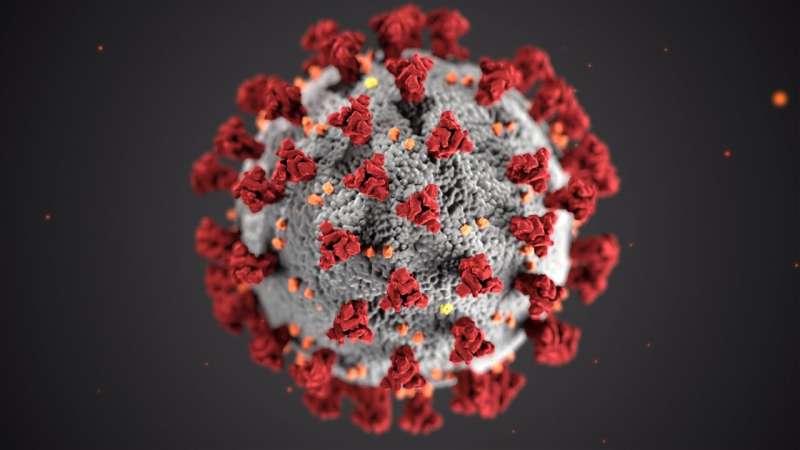
An LSU Health New Orleans School of Public Health study reports a positive association between social vulnerability and COVID-19 incidence at the census tract level and recommends that more resources be allocated to socially vulnerable populations to reduce the incidence of COVID-19. The findings are published in Frontiers in Public Health, available here.
“In our study, we found Louisiana census tracts with higher levels of social vulnerability were associated with higher COVID-19 cumulative incidence between March 9 to August 24, 2020, even after adjusting for population density,” says first author Erin Biggs, MPH, Doctoral Candidate, Ph.D. in Epidemiology at LSU Health New Orleans School of Public Health.The researchers conducted an ecological study comparing the Centers for Disease Control and Prevention’s Social Vulnerability Index (CDC SVI) and census tract-level COVID-19 case counts.
According to the CDC, social vulnerability refers to the resilience of communities when confronted by external stresses on human health, stresses such as natural or human-caused disasters, or disease outbreaks. Its Agency for Toxic Substances and Disease Registry’s Social Vulnerability Index uses U.S. census variables at tract level to help local officials identify communities that may need support in preparing for hazards or recovering from a disaster. The CDC SVI ranks each tract on 15 social factors, including poverty, unemployment rate, percentage of single-parent households, lack of vehicle access, and crowded housing. The factors are grouped into four themes—socioeconomic, household composition and disability, minority and language, and housing and transportation.
The researchers identified census tracts with high levels of both social vulnerability and COVID-19 incidence. They report that as the SVI increases, so too does COVID-19 cumulative incidence.
The authors identify some of the factors that increase risk, such as having jobs where people cannot work from home and that bring them into contact with large numbers of people, living in crowded households with less room to physically distance, less ability to buy face masks, and less access to quality scientific information. They note that African Americans and Hispanics are more likely to live in multigenerational homes, which may make self-isolation more difficult for family members who contract COVID-19. These conditions can lead to increased transmission and community prevalence.
Source: Read Full Article
